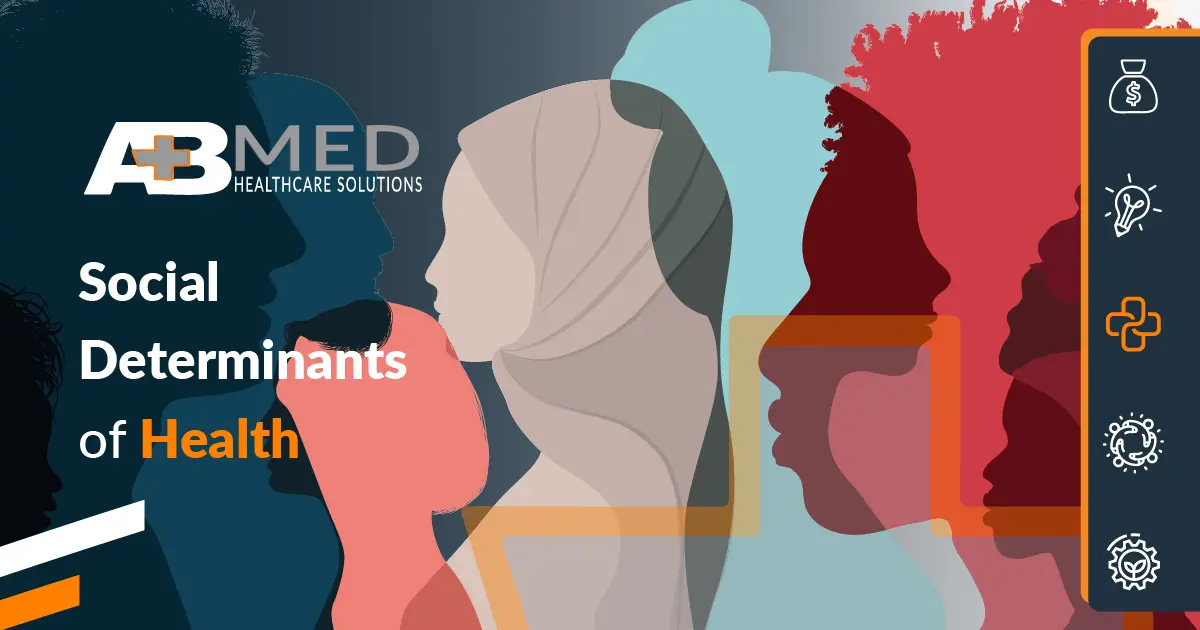In 2021, an unprecedented 47 million Americans voluntarily quit their jobs. [I] Dubbed the Great Resignation by many, this major workforce shift has impacted almost all industries—healthcare included. Hospitals, clinics, and medical practices throughout the country are currently feeling the burden of this mass exodus and must start taking measures to improve employee recruitment and retention.
As COVID-19 continues to strain health systems globally, it is critical that healthcare organizations take this labor shortage seriously and adopt proactive strategies to mitigate its effects. Outlined below are three key tips to help healthcare organizations both attract and retain their workforces during the Great Resignation.
The Healthcare Labor Market Shortage
The COVID-19 pandemic has played a large role in stimulating the healthcare labor market shortage. A study conducted between July 1st and December 31st of 2020 found that “Approximately 1 in 3 physicians, APPs, and nurses surveyed intend to reduce work hours” and “One in 5 physicians and 2 in 5 nurses intend to leave their practice altogether.” [ii] Given the incredibly stressful and distressing nature of COVID-19, it shouldn’t be surprising that so many healthcare workers have either left or are considering leaving their jobs amidst the global pandemic.
And according to the 2021 NSI National Health Care Retention and RN Staffing Report, hospital turnover rates increased by 1.7% and stood at an overall 19.5% at the beginning of 2021. [iii] It’s safe to assume that these high turnover rates and staff shortages will continue unless more effort is made toward attracting and retaining healthcare workers.
Healthcare Workforce Recruitment and Retention Strategies
Provide Resources for Burnout
Burnout is one of the most significant factors contributing to physicians, nurses, and healthcare workers leaving the health field. As reported by the Association of American Medical Colleges, during the pandemic, “an overwhelming 55% of front-line health care workers reported burnout (defined as mental and physical exhaustion from chronic workplace stress)”. [iv]
Providing healthcare workers—both on and off of the frontlines—with the right mental health resources can help minimize their feelings of burnout and show them that your organization cares for their wellbeing. For example, the CDC has put together a resource page for public health workers and health professionals that outlines strategies for coping with stress and tips for enhancing resilience [v]. Acknowledging feelings of burnout and offering effective tools to mitigate them can be an effective way to care for and retain your healthcare workforce.
Learn more about Burnout: The Hidden tall of the Pandemic
Be Open to Flexibility
When it comes to attracting talent during this season of the Great Resignation, flexibility is vital. The COVID-19 pandemic has in many ways disrupted the traditional 9-5 workday, and employees now crave a flexible work schedule and a healthy work-life balance more than ever.
To test a theory, in 2021, a South African hospital took a risk and converted some of their full-time medical officers (who worked up to 60 hours a week) to part-time positions. The goal of the experiment was to see whether offering more flexibility would help the hospital retain its best doctors. At the end of their experiment, they discovered that providing flexibility “created stability and continuity in the health team…Reducing working hours and creating flexible options were concrete ways of promoting resilience and retaining competent doctors.” [vi].
Offering flexible work schedules can help your healthcare organization attract more talent and ultimately retain them by fostering a healthy work environment.
Cultivate a Culture of Value
Finally, cultivating a culture of value can help reduce turnover rates and increase retention. According to Dr. Christine Sinsky, the AMA’s vice president of professional satisfaction, “Feeling valued by one’s organization reduces the risk of health care workers intending to cut back their hours or leave altogether.” [vii]
A report by the Mayo Clinic also found that feeling valued by one’s organization through things like transparent communication and childcare support was “associated with less intent to reduce hours or leave one’s job.” [viii] Ensuring that your employees feel valued and appreciated for their hard work can make all the difference between them staying with your organization or not. With so many healthcare companies in need of personnel, it is unlikely that employees will stay in places where they aren’t being recognized or valued.
If you want to implement these strategies outlined above within your healthcare organization, we would love to help. At AB Med, we provide innovative healthcare solutions that can meet your unique needs and are backed by years of technical experience. Let us walk alongside you and help you overcome your recruitment and retention challenges. Let’s Connect.
REFERENCES & RESOURCES
- Fuller, J. and Kerr, W. (2022). The Great Resignation Didn’t Start with the Pandemic. [online] Harvard Business Review. Available at: https://hbr.org/2022/03/the-great-resignation-didnt-start-with-the-pandemic [Accessed 23 Mar. 2022].
- Sinsky, C.A., Brown, R.L., Stillman, M.J. and Linzer, M. (2021). COVID-Related Stress and Work Intentions in a Sample of US Health Care Workers. Mayo Clinic Proceedings: Innovations, Quality & Outcomes, 5(6), pp.1165–1173.
- NSI Nursing Solutions, Inc (2020). 2020 NSI National Health Care Retention & RN Staffing Report. [online] Available at: https://www.nsinursingsolutions.com/Documents/Library/NSI_National_Health_Care_Retention_Report.pdf.
- Kaushik, D. (2021). Medical burnout: Breaking bad. [online] AAMC. Available at: https://www.aamc.org/news-insights/medical-burnout-breaking-bad.
- www.cdc.gov. (2021). Healthcare Personnel and First Responders: How to Cope with Stress and Build Resilience During the COVID-19 Pandemic. [online] Available at: https://www.cdc.gov/mentalhealth/stress-coping/healthcare-workers-first-responders/index.html.
Schaefer, R., Jenkins, L.S. and North, Z. (2021). Retaining doctors and reducing burnout through a flexible work initiative in a rural South African training hospital. African Journal of Primary Health Care & Family Medicine, 13(1).
- American Medical Association. (n.d.). Medicine’s great resignation? 1 in 5 doctors plan exit in 2 years. [online] Available at: https://www.ama-assn.org/practice-management/physician-health/medicine-s-great-resignation-1-5-doctors-plan-exit-2-years.
- Sinsky, C.A., Brown, R.L., Stillman, M.J. and Linzer, M. (2021). COVID-Related Stress and Work Intentions in a Sample of US Health Care Workers. Mayo Clinic Proceedings: Innovations, Quality & Outcomes, 5(6), pp.1165–1173.
By: Erik McLaughlin MD, MPH and Aikaterini Papadopoulou, B.Arch





